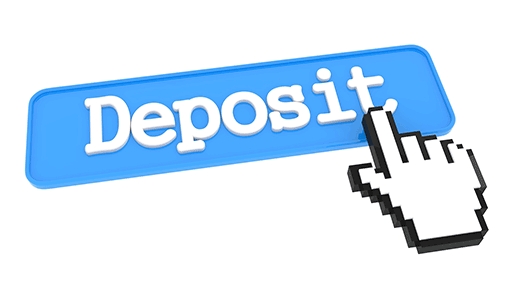If you’re new to multifamily property ownership, or even if you’re new to residential renting in general, it’s likely one of the decisions you’re grappling with is the correct amount to charge for a deposit. But let’s get one thing straight right off the bat: charging a deposit is a must. It’s a non-negotiable under any circumstance. It’s your protection in the event of default or damage, and it establishes the relationship between tenant and owner.
Now, the key is making sure the amount you decide to charge fits your needs and doesn’t drive away prospective tenants. Here are six tips to help you find that balance.
Six tips for setting and reviewing rental deposits
- Know your state’s limits. Some states do have a set ceiling on the amount owners are allowed to charge for deposits. It’s important to know whether your state is one of them and the exact limitation.
- Know your tenants. What are your tenants going to be comfortable paying? If it’s a higher priced rental in a nice neighborhood in a wealthier part of town, you know tenants are going to expect to pay for what they get. So, it’s important to understand the type of tenant the property will appeal to.
- Know the competition. Do your research. Get on any number of the apartment listing sites online and dig a bit into the properties located around you. It’s important to compare apples to apples, targeting competing properties in your same neighborhood, around the same age, and with similar offerings and amenities. What do they have listed as deposit requirements?
- Know the property. It’s likely you think very highly of your property; but you need to be realistic when it comes to how others will see it and what they’ll want to pay. What is the property’s age? What will it cost to repair or replace items or aesthetics within a unit? Having a realistic number in your head of what it will cost to address real damage (not just normal wear and tear) will help put this in perspective.
- Know the risks. Are you going to allow higher risk tenants? These are people with less than stellar payment histories, criminal backgrounds, and the like. If so, a considerable allowance for protection is a must.
- How will renter incentives impact your deposit? Some properties offer incentives to improve marketing effectiveness and increase occupancy rates. How you structure your incentives may impact the amount you’ll require for a deposit.
Having answers to these questions is a great start that will give you a much more accurate idea of what you’re dealing with and what you might need in order to protect yourself and the property. Many owners and managers ask for a deposit equal to a month’s rent. That way, if he/she skips town on the lease, that last 30 days is covered. Taking it a step further, some charge first month’s rent, last month’s rent plus a deposit equal to a month’s rent. And then even still, it’s not unheard of for deposits to be up to three times the cost of a month’s rent. But this, of course, is for high risk tenants and/or costly properties.
Make deposit language clear, fair, and consistent
Whatever you decide, make it consistent. Charge the same to everyone who requests a lease and don’t show favoritism. The key is to make sure you’re covered. Then, you want to make sure to put it in writing, every single time. Clarify all the stipulations, detailing out whether the deposit will be refunded or partially refunded, under what terms, and in what time frame. Leave nothing to guessing. And, remember that if you are going to allow pets, it should be treated as a separate and additional deposit.
Need some help walking through the steps and determining the best deposit amount for your property? Let our property management experts help. Call us today at 817-295-5959 or send us an email to info@classamgmt.com.

